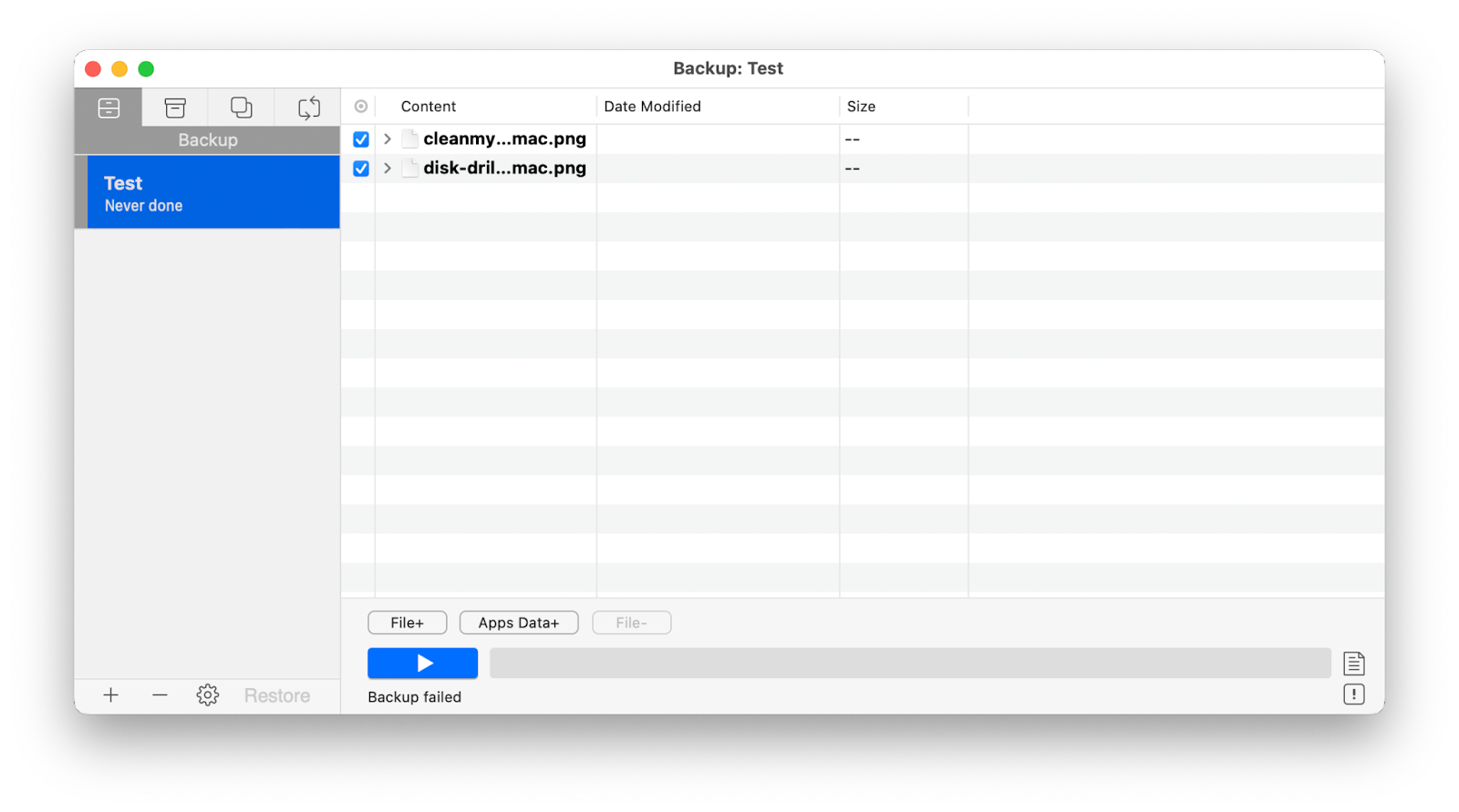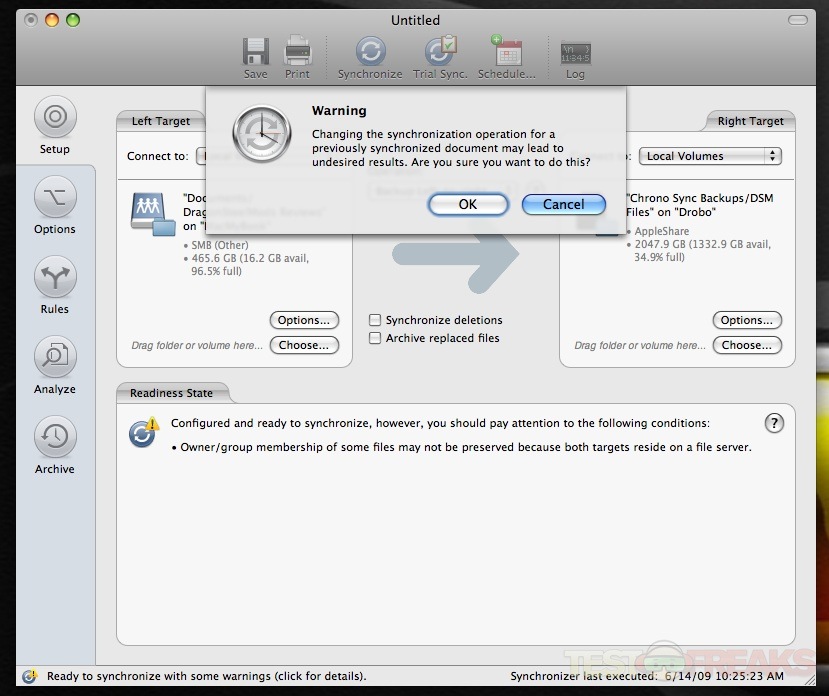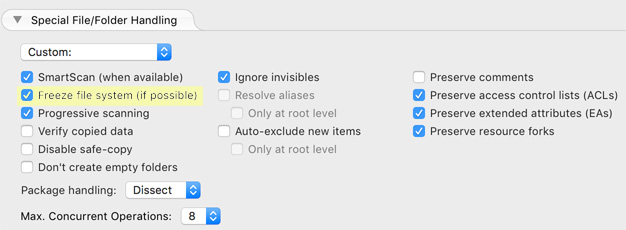
- #CHRONOSYNC IGNORE FILES BEGIN WITH PERIOD MAC OS#
- #CHRONOSYNC IGNORE FILES BEGIN WITH PERIOD INSTALL#
- #CHRONOSYNC IGNORE FILES BEGIN WITH PERIOD UPDATE#
- #CHRONOSYNC IGNORE FILES BEGIN WITH PERIOD PLUS#
Once your Mac starts up, the decryption of your startup disk occurs in the background.

Most people do not have this feature turned on. If ever something goes wrong with your Mac, you can boot your computer from these clones.įileVault uses full-disk encryption to help prevent unauthorized access to information on your startup disk. These types of apps create identical clones (or copies) of your drive, and unlike Time Machine, they are fully bootable backups. Yes, backup everything with Time Machine or another application, preferably following the 2X2 rule with two clouds and two physicals (local or remote) backups.Īnd consider using drive cloning apps like Carbon Copy Cloner, Super Duper, ChronoSync, or similar.
#CHRONOSYNC IGNORE FILES BEGIN WITH PERIOD UPDATE#
#CHRONOSYNC IGNORE FILES BEGIN WITH PERIOD MAC OS#
Rename the drive Macintosh HD and choose Mac OS Extended (Journaled)
#CHRONOSYNC IGNORE FILES BEGIN WITH PERIOD PLUS#
Open Disk Utilities again and create a Drive using the plus button.Restart in Internet Recovery Mode by pressing the Option + Command + R to boot from the internet.Once Deleted shut down your Mac a second time.Open Disk Utility from the Recovery partition and delete your drive by selecting the minus button on the top right (Do NOT ERASE the drive-just remove it via the minus (-) sign).Shut down your Mac and then hold command + R and boot up your Mac into Recovery Mode.Instead, delete your drive until you have no visible drive.If that doesn’t work, try this reader tip (we haven’t replicated this problem, so attempt this one at your own risk)

You may need to try these steps, including a shutdown, a couple of times.This opens up Internet Recovery-try reinstalling macOS from here.Then press Option + Command + R when you turn it back on.However, if you went ahead (or decide to try it anyway) and ran into the error “could not create a Preboot Volume for APFS install,” here’s a few tips If you don’t know what file system (or macOS/Mac OS X) came with your system when new, Apple instructed us to continue recommending Mac OS Extended (Journaled.).So leave the heavy lifting to your macOS installer!ĭon’t Know What Your Mac or MacBook Shipped With?.
#CHRONOSYNC IGNORE FILES BEGIN WITH PERIOD INSTALL#
When you erase your disk with Mac OS Extended (Journaled) and then install macOS High Sierra, Mojave or above, the macOS installer automatically decides whether to convert the disk to APFS.You should choose macOS Extended ( Journaled) AND NOT the new file system APFS.If your Mac or MacBook shipped with Mac OS Extended Only then reset it to APFS AND don’t change it to Mac OS Extended.It’s indeed confusing when re-formatting your Mac’s hard drive when using macOS High Sierra, Mojave, Catalina and above! Here’s what we understand on the question of APFS or Mac OS Extended If your Mac shipped with its hard drive already APFS-formatted In particular, they report getting the error message “Could not create a Preboot Volume for APFS install.” Many users have encountered problems when resetting their Macs and MacBooks using APFS. MacOS High Sierra and above use Apple’s latest file system called APFS. Resetting a Mac with APFS (Apple File System)? Other ways to reinstall macOS (not factory reset).If you’re selling or giving away your Mac.Factory Reset MacBook Air and other Macs With macOS Recovery.4) Deactivate Programs and Remove Other Authorizations.Checklist before you start ANY factory reset.Here’s what we understand on the question of APFS or Mac OS Extended.



 0 kommentar(er)
0 kommentar(er)
